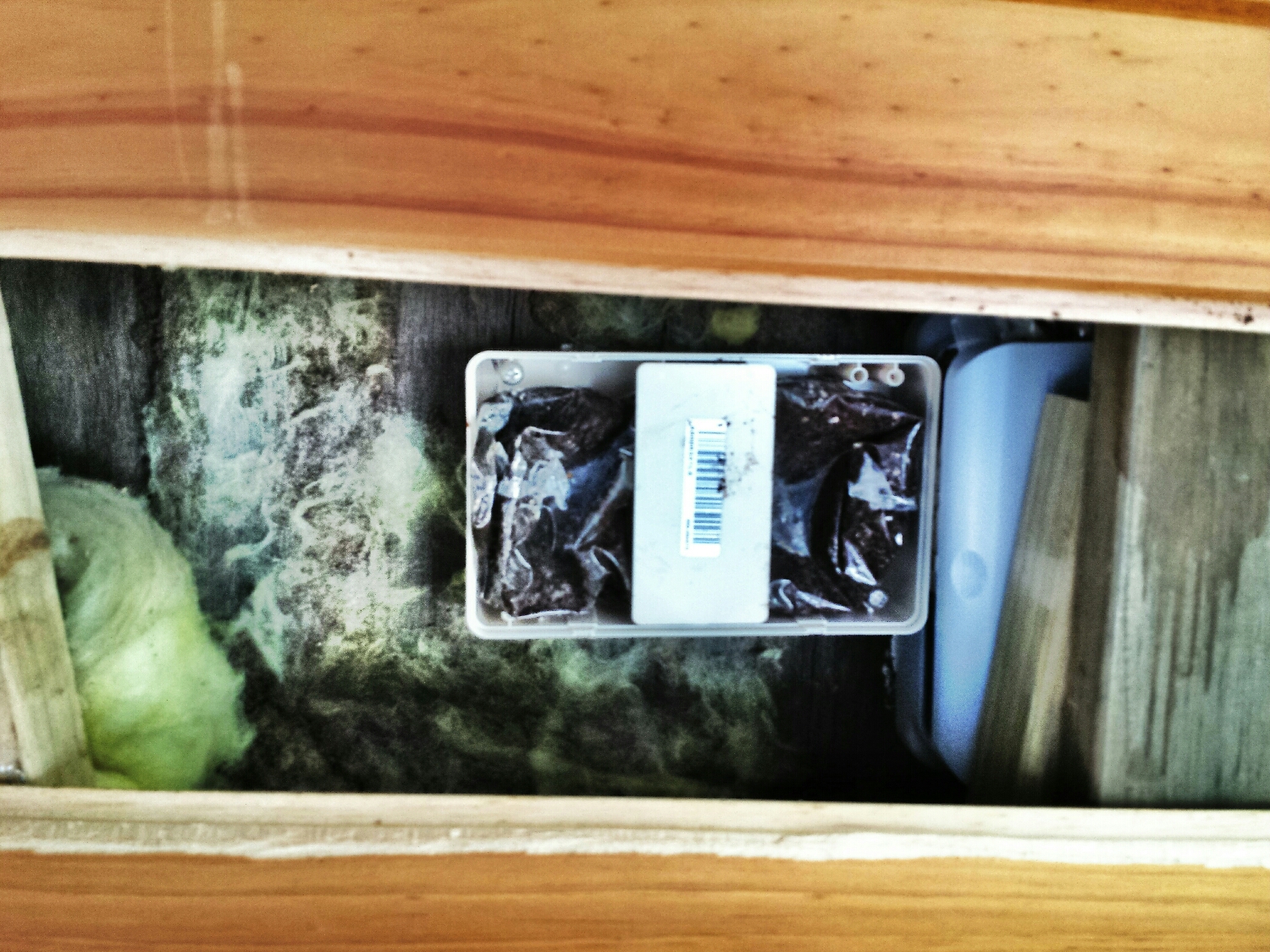Most people have heard of thermal imaging inspections, mostly due to the heavy advertising that takes place to promote it by inspectors. But many people don't realise the limitations that comes from using thermal imaging. Here is a great example of why the Termatrac T3i is superior in detecting termites. (And no, I'm not paid by Termatrac, more like I pay them for my Termatrac!)
A Termatrac T3i Set up on a tripod to detect termites moving in a ceiling - this was in a 2 storey building where the cavity was heavily insulated.
In this particular instance, the ceiling did not have any temperature variation at all, which meant that thermal imaging was not able to detect any activity at all. The Termatrac however, could locate the areas of activity, thus allowing the area to be baited accurately with minimal disturbance to the termites.
The Termites were subsequently baited, you can see here the cavity and the insulation on the side of the bait box.
The colony was safely eradicated due to the ability for the Termatrac to accurately pinpoint the areas of activity!




